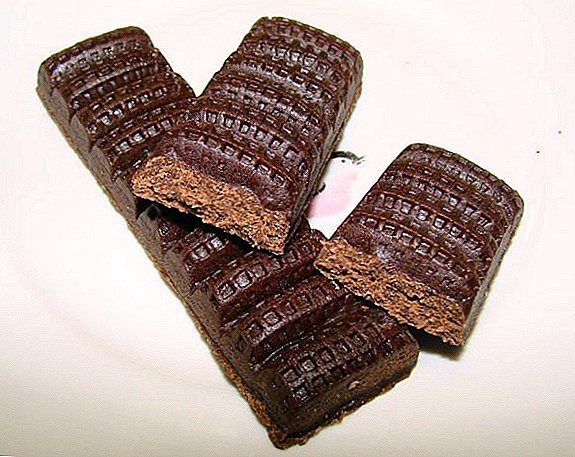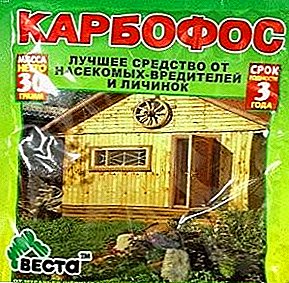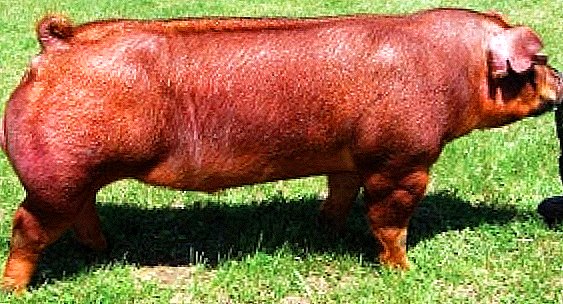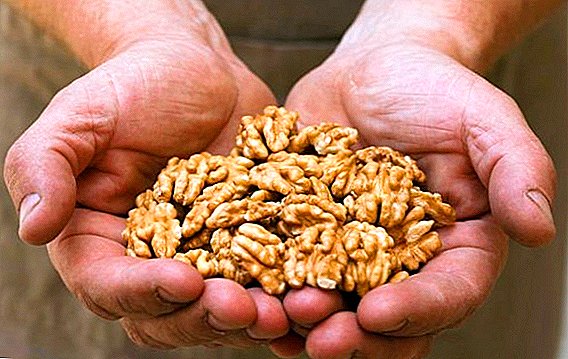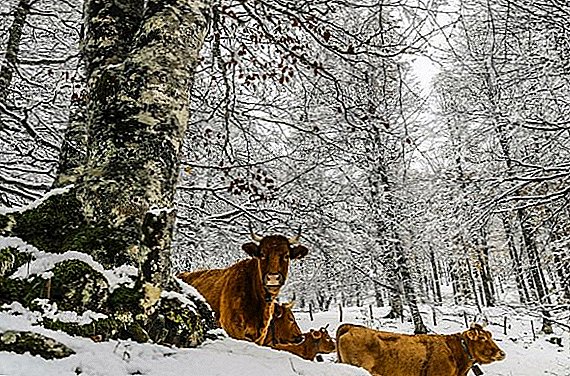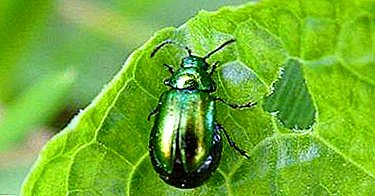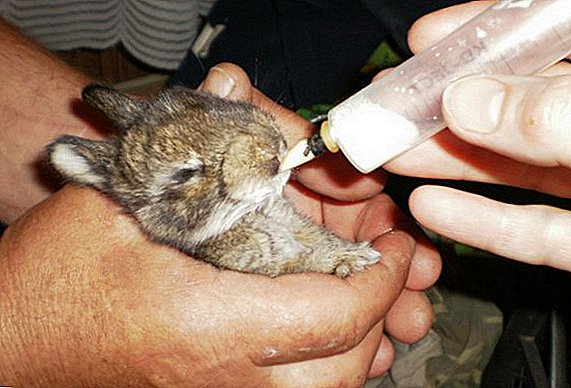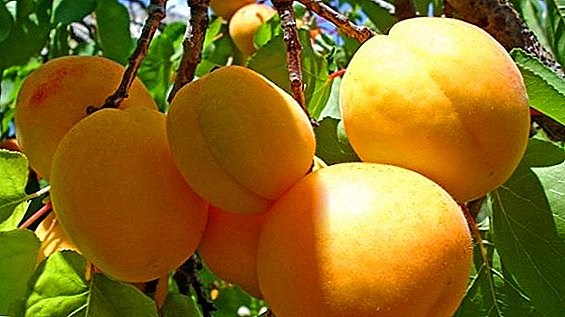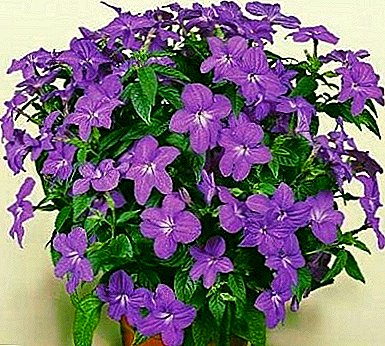
Brunfelsia most often grown at home. It was brought from the southern and central tropical forests of America.
The representative of the flora is appreciated because of the flowers. They differ in beauty and the most delicate aroma.
Botanical description
Brunfelsia (lat. Brunfelsia, Brunfelsiopsis) is represented by tropical medium-sized shrubs and trees of the Solanaceae family. This perennial evergreen is also called Brunfelzia, and sometimes - Franciscea. Gardeners call the shrub “yesterday-today-tomorrow” or “morning-day-night”, noting its interesting property to change the color of flowers as they age.
Brunfelsia is an exotic shrub that occurs under natural conditions on the islands of the Caribbean, as well as in the countries of Latin America - in Cuba, Jamaica and Puerto Rico you can find the largest number of endemics.
Views from the photo
The genus includes 47 species, including very rare ones.
Low-flowered
Low-flowered franciscea (Brunfelsia pauciflora) is most often chosen for growing at home. The medium shrub has bright green oval leaves. The plant blooms in early spring, but under favorable conditions it is possible to observe the appearance of halos all year round. A distinctive feature of the species is volumetric umbrella inflorescences, because of which leaves are often not visible.

Large-flowered
This variety (Brunfelsia grandiflora) is represented by powerful tall trees with large veined leaves and inflorescences-shields located closer to the top. Their color gradually changes from dark lavender to whitish.

Large leaf
This variety (Brunfelsia latifolia) is a bush of considerable size with a highly branched trunk of a dark green color. This francisceia has a wide leaf plate, which, unlike the leaves of other species, is matte.
The appearance of small flowers (up to 3 cm in diameter) with a subtle pleasant aroma occurs at the end of winter.
American
This interesting view (Brunfelsia americana) is well suited for garden plots - a large tree with ten centimeter leaves and a long tube of a flower corolla (6-8 cm) of creamy white color, which then becomes slightly yellowish.
This francis is called the "night beauty" - in the dark it exudes a pleasant smell.


South
The southern cultivar (Brunfelsia australis) is one of the rarest. Bush is very compact (50-60 cm in length and width), while the flowers are large. Young inflorescences, painted in dark purple, fade over several days and become almost white.
Undulata
The species (Brunfelsia undulata) is characterized by very dark narrow leaves with a glossy surface and snow-white flowers with carved edges.

What does it look like?
The root system of Brunfelsia is very developed. It is large. The roots are thin, but long.
Young brunfelsii bright green thin and absolutely smooth stem. In adulthood, the stem becomes brown and uneven texture.
The leaves are glossy and leathery, characterized by a dark green color. They are single-edged and oval-linear.





Poisonous properties
Brunfelsia is extremely poisonous. Moreover, all parts are toxic.
Particularly dangerous are small fruits, like orange miniature tomatoes. Keep her away from children and pets.
IMPORTANT: Do not ignore protective gloves when in contact with the plant. Its juice falling on the skin, can badly affect the body.
Brunfelsia - fragrant and beautiful representative of the flora. It can not be called unattractive, because it captivates with magnificence. But for the beauty will have to pay special care.
If you are ready to tinker with the plant, it will decorate your home and will live with you for a long time.
How to care at home?
It is desirable to seat it in a medium-sized or large pot, since root system is very powerful. Landing need to make as carefully as possible. Roots are laid in a moderately moist soil.
After purchase, you need to transplant the plant only if the pot is cramped, or the flower is in the substrate. In other cases, it is necessary to give time to the Bruunfelsia to adapt. After it blooms at the end of May, it follows transplant. It should be done approximately once a year or two.
Brunfelsia required drained soil. To create it requires two-fifths of garden land, one-fifth of sand and two-fifths of humus. Suitable peat substrate.
In warm periods need frequent watering, about once every three days. In winter, one watering in seven days is enough.
ATTENTION: The plant is positive for acid. It is advisable to slightly acidify the water.
Is required wet air. If it is not possible to achieve high humidity in a room, regular maintenance is necessary. spraying. When bruunfelsia blooms, it is better to place the pot on a pallet with wet pebbles and sand, you do not need to spray. If possible, grow in the summer outdoors.
Temperature conditions need special. During the period of active growth is required about twenty two degrees of heat. After the first days of autumn, the temperature should be gradually lowered, but so that was not less than nine degrees. After twelve weeks you need to gradually raise the temperature.
 Brunfelsia best get along in the south or east window, as it is very fond of the sun's rays. They should not be straight, so you need to curtain the window is not too tight curtain.
Brunfelsia best get along in the south or east window, as it is very fond of the sun's rays. They should not be straight, so you need to curtain the window is not too tight curtain.
Fertilize mainly in the summer. Introduce liquid fertilizer into the soil once in fourteen days.
The flowering period of brunfelsia is from the end of January to the end of May days. Despite the fact that the color of flowers changes every day, on one specimen one can find both snow-white and dark purple and purple flowers.
You can multiply both seeds and cuttings. It is better to separate the cuttings in summer. But they should not be young, but mature. They should be planted in a mixture of peat and perlite. The temperature should be about twenty-five degrees.
Propagating seeds, you must comply with the same temperature regime. Seeds need to be planted subject to the creation of a mini-greenhouse in January or April. After sprouts appear, it is advisable to wait a month and then replant.
Life expectancy is several years. The better the care of the plant, the longer it will live.
Pruning need to perform required This should be done after flowering.
ATTENTION: need to remove shoots half, giving the desired shape.
In winter, the plant sometimes suffers from nitrogen deficiency. Ammonium nitrate (grams per three glasses of water) is suitable as a winter fertilizer. They need to water the soil every fifteen days.
Diseases and pests
 Brunfelsia is attacked by a mealybug, aphid, spider mite and scab. To fight fit tar soap and water solution. They need to wash the leaves and the stem. Decis and atellik - the means by which you can destroy the parasites.
Brunfelsia is attacked by a mealybug, aphid, spider mite and scab. To fight fit tar soap and water solution. They need to wash the leaves and the stem. Decis and atellik - the means by which you can destroy the parasites.
If the plant does not bloom, it means that it did not survive the cold period, which is very important for it. Twelve weeks in the cold is what Brunfelsia requires.
IMPORTANT: even if you missed this period, you cannot freeze this flora representative in the summer.
In the case when the lower leaves fall off and the mold does not appear, the root is likely to rot. This is due to waterlogging.
Buds fall because of dryness. Provide the required moisture.


